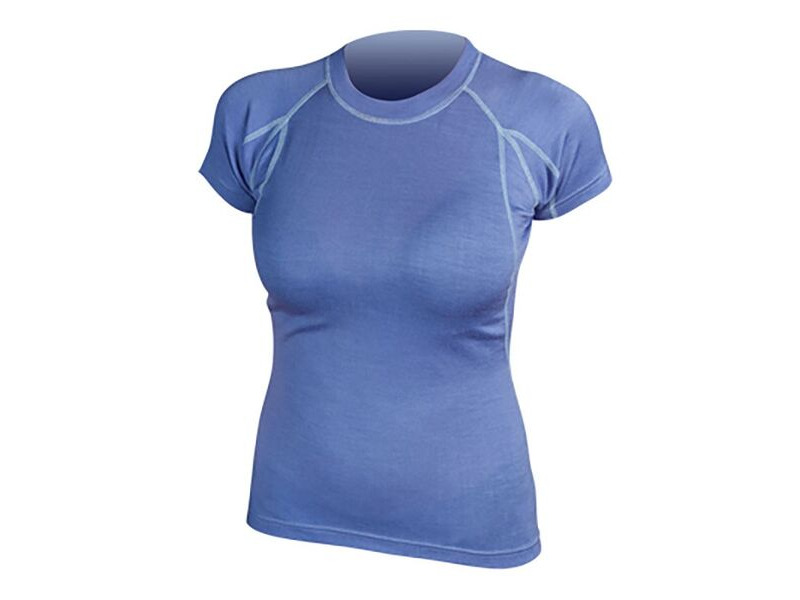New Bamboo Clothing Guide
Wiki Article
What Makes The Base Layers Of Yak Wool Effective For Winter Sports Clothing In Terms Of Temperature Regulation, Warmth, Moisture Management, Comfort And Durability?
Yak Merino Wool Base Layers excel in winter sport clothing because of factors that increase the temperature, heat regulation as well as comfort and durability.
Both the merino and yak wool possess natural insulation properties. Yak, thanks to its hollow filaments, holds the air, which provides exceptional warmth. Merino wool is another that is known for its ability to provide insulation.
regulates body temperature. The fabric is able to regulate body temperatures by keeping warmth from cold temperatures but allowing breathability during high activity.
Moisture Management-
Merino Wool's moisture wicking properties draw moisture from your skin and distribute it to the surrounding area, stopping sweat. Yakwool is also a great way to transfer water. It keeps wearers dry and comfortable when engaged in vigorous physical exercise.
Comfort-
Softness Merino wool is known for its soft, fine fibers that are soft on the skin and less likely to cause irritation. The addition of yak-wool fibers which are soft also enhances comfort.
Odor Resistant - Both kinds of wool are antimicrobial and have natural properties that help reduce the growth of bacteria that cause odor. They also keep the clothes fresh.
Durability-
Strength and Resistant- Yak Wool is durable in nature. Once coupled with the incredibly resilient merino woo, the fabric becomes resistant and strong and suitable for intense sports.
Natural Fiber Benefits-
Renewability: Merino and Yak are both biodegradable and renewable fibers. They are also eco-friendly.
The wools are suitable in a variety of conditions.
Combining yak wool with merino allows for a fabric to be produced that is robust and warm, while still regulating temperatures and controlling moisture. This makes yak and merino wool base layers perfect for winter sports wear. They are made to withstand the demands of outdoor activity in cold climates, and maintaining the wearer warm and dry. Have a look at the most popular this site for merino wool base layer for site examples including merino wool base layer pant, wool thermal underwear, ski base layer pants, wool underlayer, merino wool base layer hunting, ski thermals womens, skiing base layers, smartwool 1 4 zip, ski base layer mens, smartwool merino base layer and more.

What Are The Advantages To Bamboo Clothing In Relation To Thermal Regulation? Uv Protection. Biodegradability. Environmental Impact.
Bamboo clothing offers several advantages in terms of thermal regulation as well as UV protection, biodegradability, and environmental impact- thermal Regulation-
Bamboo fabric insulation is breathable, and also has thermal-regulating properties. It offers warmth in cold temperatures. It regulates body temperature by retaining warmth in cooler temperatures and allowing ventilation during physical activity to avoid overheating.
UV Protection
Bamboo is naturally impervious to harmful UV rays. It is able to block an extensive portion of UV sunlight's rays. This provides an extra layer of protection when you wear it outside.
Biodegradability-
Biodegradable - Bamboo clothing degrades naturally, meaning it does not leave negative residues after the conclusion of their cycle, or cause environmental pollution. This feature reduces garbage and reduces the environmental impact caused by discarded clothing.
Environmental Impact-
Bamboo is a renewable raw material. It is able to grow quickly and in abundance without chemical pesticides or fertilisers. This reduces the environmental impact of cultivating it. It's a renewable resource because of its fast development.
Bamboo has a lower water requirement when compared to cotton and other crops. Bamboo is thus more efficient in terms of water use. This contributes to water conservation and reduces the pressure on resources.
Soil Conservation
Soil Health: The cultivation of bamboo doesn't generally deplete soil nutrients or require a lot of irrigation. Bamboo cultivation contributes to healthier conditions in the soil and reduces necessity for damaging agricultural practices.
Carbon Sequestration
Carbon Absorption Bamboo plants are able to absorb more carbon dioxide, and release oxygen into the air than some other plants. This ability can lower carbon dioxide emissions as well as combat global warming.
The benefits of bamboo clothing are its thermal control, UV protection and biodegradability. Bamboo is an excellent option for those seeking sustainable clothes. These qualities align with environmental conscious practices and provide benefits for the environment as well as the wearer. View the recommended bamboo clothings recommendations for website advice including bamboo tank tops, bamboo clothing, freefly hoodie, bamboo sports clothing, mens bamboo clothing, bamboo cay shirts, bamboo exercise clothing, bamboo clothing leggings, bamboo sun shirt, bamboo t shirts ladies and more.

What Is The Different Between Wool And Merino Clothing?
Comparing merino wool with traditional wool and bamboo clothes in terms texture, warmth, moisture absorption, and texture.
Merino Wool Merino Wool Merino Wool is known for being soft and having fine fibers. It is smoother and less scratchy texture as compared to other varieties of wool. It's also thought to be more comfortable to wear.
Bamboo Clothing Bamboo clothing has a silky smooth texture that is often considered luxurious, like cashmere or silk. Bamboo clothing has a delicate and soft texture that makes it very comfortable to wear.
Traditional Wool The texture of traditional wool can be different. Some types are coarser, and may cause more itchiness than bamboo or merino clothing.
Warmth-
MerinoThe Merino Merino is a warm and comfortable material due to its insulation properties. Even when damp it holds warmth and acts as an effective insulation during cold winter conditions.
Bamboo Clothing- Bamboo clothing also offers warmth, but it isn't able to provide the same amount of insulation as Merino wool. Bamboo clothing regulates body temperature and provides comfort under various conditions.
Traditional Wool- Similar to wool from merino sheep wool traditionally provides warmth and insulation. Although it is often heavier, or more bulky than bamboo or merino clothes.
Moisture Absorption-
Merino Wool Merino Wool's moisture-wicking property allows moisture to be able to escape from the skin. Even when damp, it remains warm.
Bamboo clothing - Bamboo fabric is also moisture-wicking, allowing it to remove moisture from the skin. This offers comfort and support when you are exercising. It regulates moisture, keeping the wearer dry.
Traditional Wool- Although wool is able to soak up water, it does not have the same moisture-wicking characteristics as merino or bamboo fabric. Wool is heavy and damp when wet.
In short, merino wool is well-known for its warmth, softness, and moisture-wicking capabilities. Bamboo clothing is a soft texture and warm with good moisture regulation. Traditional wool can have a different texture, provide warmth and absorption of moisture, however, they feel coarser or heavier in comparison to bamboo or merino clothing. Each type of material has its own characteristics that are suited to various clothing preferences and requirements. Have a look at the best read this for merino winter clothings for blog advice including icebreaker merino wool base layer, smartwool base layer womens, smartwool 250 women's, wool mid layer, merino wool base layers, merino wool base layer womens, merino base layer womens, smart wool baselayer, lightweight merino wool base layer, merino wool long underwear and more.
